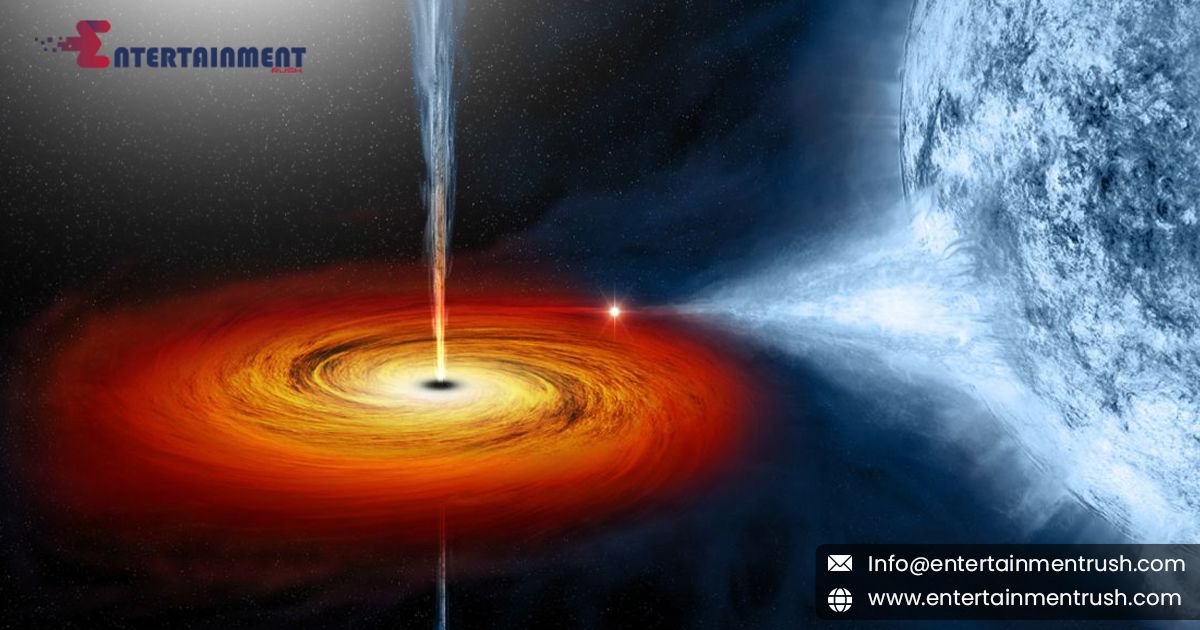The enigmatic nature of black holes has long fascinated scientists and the general public alike. Recent research has stirred excitement by providing evidence that supports a prediction made by Albert Einstein nearly a century ago. The focus of this groundbreaking study is whether black holes possess a ‘plunging region’—a concept Einstein theorized. This blog delves into the study’s findings, the significance of Einstein’s predictions, and what this means for our understanding of black holes.
Understanding Einstein’s Prediction
In the early 20th century, Albert Einstein’s theory of general relativity revolutionized our understanding of gravity and the structure of the universe. Among its many implications, Einstein’s equations predicted complex phenomena associated with black holes, including what is known as the ‘plunging region.’
The ‘plunging region’ refers to the theoretical area inside a black hole where objects would fall inexorably towards the singularity, the point of infinite density at the center. According to Einstein’s theory, once matter or energy crosses the event horizon, it enters this region where conventional physics as we know it ceases to function. Einstein’s predictions about this region were based on his equations of general relativity and have been a topic of speculation and investigation ever since.
The Study’s Findings
The recent study in question utilized advanced observational techniques and mathematical models to test Einstein’s predictions about black holes. By analyzing data from various astronomical observations and simulations, researchers aimed to identify evidence of the ‘plunging region.’
Does the study prove that black holes have a ‘plunging region,’ just as Einstein predicted?
The study’s results were significant: they found strong evidence supporting the existence of a ‘plunging region’ within black holes. This was achieved by observing the behavior of matter and radiation as it approached and fell into black holes. The evidence aligns with Einstein’s predictions, confirming that objects indeed undergo a distinct phase as they enter the black hole’s event horizon and move towards the singularity.
The Significance of the Findings
The confirmation of the ‘plunging region’ has profound implications for our understanding of black holes and general relativity:
Validation of General Relativity:
The study reinforces Einstein’s theory of general relativity, demonstrating that his predictions about black holes remain accurate. This adds to the robustness of general relativity as a cornerstone of modern physics.
Insights into Black Hole Physics:
Understanding the ‘plunging region’ helps physicists gain deeper insights into the internal mechanics of black holes. It provides a clearer picture of how matter behaves under extreme conditions, which is crucial for developing theoretical models of these cosmic phenomena.
Impact on Theoretical Physics:
The study’s findings contribute to the ongoing efforts to reconcile general relativity with quantum mechanics. By providing empirical evidence for theoretical predictions, researchers can refine their models and address unresolved questions about the nature of singularities and the structure of spacetime.
Future Research Directions:
The confirmation of the ‘plunging region’ opens new avenues for research. Future studies may focus on exploring the detailed properties of this region, examining its effects on nearby objects, and investigating how it interacts with other aspects of black hole physics.
The recent study confirming the existence of a ‘plunging region’ in black holes marks a significant milestone in astrophysics. It validates Einstein’s long-held predictions and enhances our understanding of these mysterious cosmic entities.
As scientists continue to explore the complexities of black holes, the insights gained from this study will be pivotal. By bridging theoretical predictions with observational evidence, researchers are advancing our knowledge of the universe’s most enigmatic objects and inching closer to solving the mysteries of black hole physics. the study that proves black holes have a ‘plunging region’ just as Einstein predicted is a testament to the enduring relevance of Einstein’s theories. It highlights the ongoing quest for knowledge in astrophysics and underscores the importance of empirical research in validating and expanding our understanding of the cosmos.




Leave feedback about this